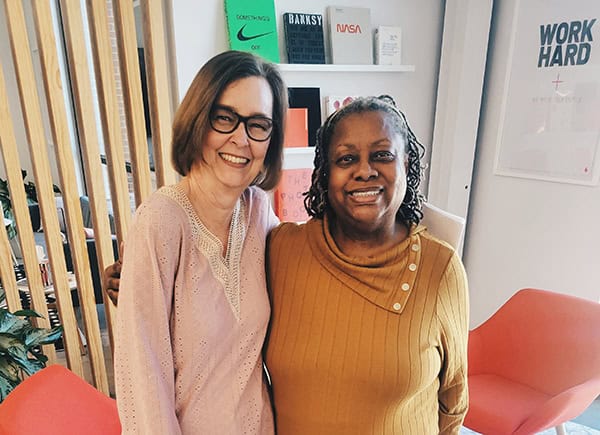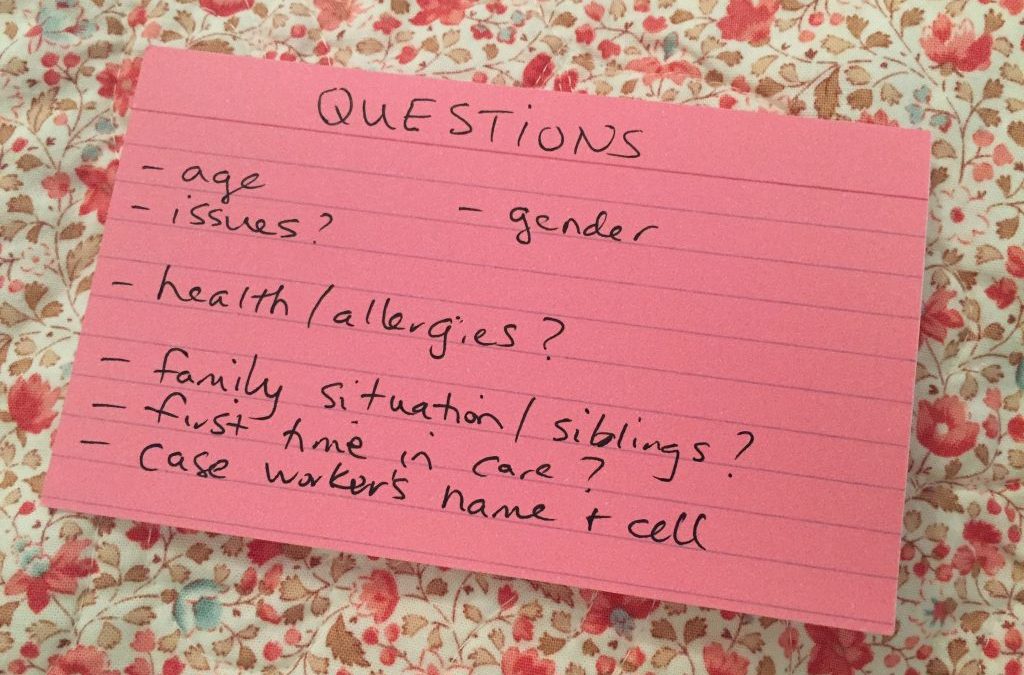
As I’m waiting for the phone to ring, I’m filled with such a mix of emotions: eagerness, anxiety, excitement, impatience, all-out fear. When we find ourselves without a foster child in our home, I know the phone will ring soon. (Even when our beds are full, I know the phone will ring.) Do I want it to ring? Yes. And at the same time, do I want a few days’ break before the next child enters our home? Yes.
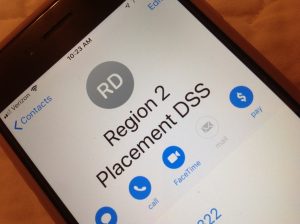
After our first placements (a toddler brother-sister pair) went home to their parents, I decided to take a short break before accepting our next long-term placement. For a number of reasons, we decided to offer emergency, short-term and respite care during the break from long-term placements. One reason was it was hard to say goodbye to our sweet little first placements. Another reason was I didn’t want guilt to push me into accepting our next child before I felt ready.
Yet another reason was the realization I had (and of course still have) so much to learn about the variety of circumstances surrounding children in care, and felt short-term care would help me learn. I wanted to care for newborn babies and sweet little girls, and active young boys. I wanted to learn how I would react, how my biological children would react, how well I felt equipped to care for children of different ages, different backgrounds, different races, and different emotional and physical stages of development.
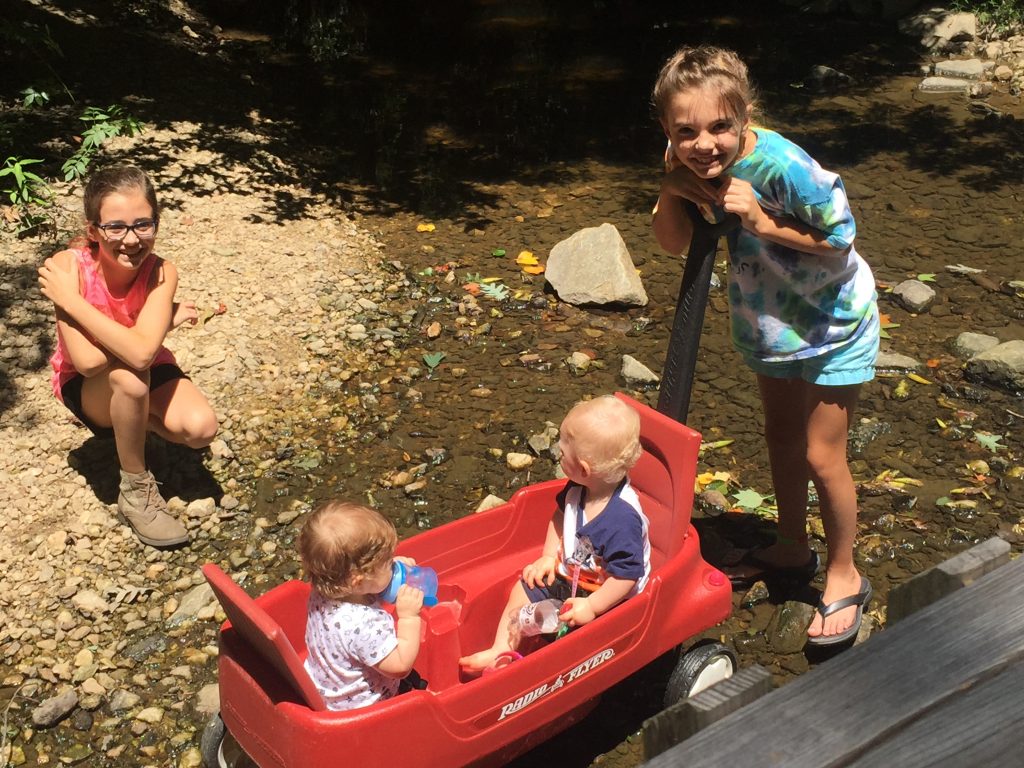
Needless to say, we learned a lot during those few months of ‘taking a break.’ We welcomed six very different and special children into our home. It was eye opening. Three year olds who could speak very few words. Four year olds who weren’t potty trained. Then a three year old who knew all her colors and shapes and spoke in complete sentences with perfect diction. I learned “short-term” could mean three weeks in care before returning home. “Short-term” could mean 24 hours, or could lead to four years in care. Each case is unique, and there is little information available in those first few hours after a child is removed from the home. No one knows how it will play out in the days and weeks to come.
We cared for a three-year-old girl who spoke very few words during her few days in our home. One of those words was a softly whispered “mama” as I tucked her into bed and turned off the light. It was heartbreaking. I assume she was asking for her birth mother, although I wouldn’t be surprised if she was calling me mama, since other foster children have done so on the first day in our home. There is so much confusion in foster care. So much confusion in these children’s hearts and minds. So many questions I can’t answer even if the children were able to ask them.

Also during those months between long-term placements, I received other calls from the DSS Placement office. I said “no” to a 17-year-old boy because I have young biological daughters at home. I said “no” to an 8-year-old and 10-year-old sister pair because I didn’t think I could handle them well. On several occasions I said “yes” to one child in a sibling set, but some of those children never arrived because (thankfully) DSS was able to find a home willing to keep the siblings together. Each time I said no, I was overwhelmed with guilt. And at the same time, I reminded myself that if I said “yes” every time the phone rang, I would have burned out quickly and probably would no longer be a foster parent. I reminded myself of the importance of standing firm with the age preferences my husband and I have agreed upon.
During our first year as foster parents, I kept a notecard of questions to ask when I get a call from the Placement office. Now, I don’t rely on the card for two reasons: One, I have the questions memorized. Two, I have said “yes” to accepting placements when the only questions I asked were age and gender. (After saying “yes,” I then follow up with the other questions, just so I can feel aware and prepared.) And I used to offer a “maybe,” buying time to call my husband to discuss and make a decision together, but now I usually skip that step.
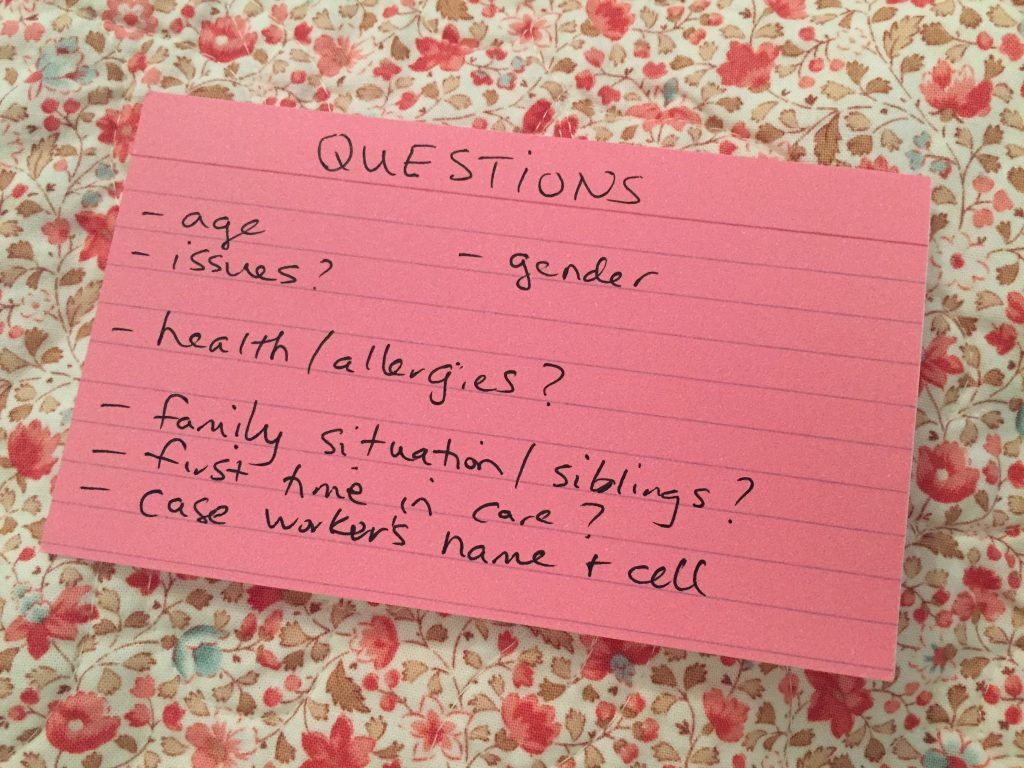
I also keep a list on the fridge of things to do within the first 24 hours of welcoming a new child into our home. After time, I had the tasks on the notecard memorized as well. Instinct and common sense take over, even for planners and list-lovers like myself.
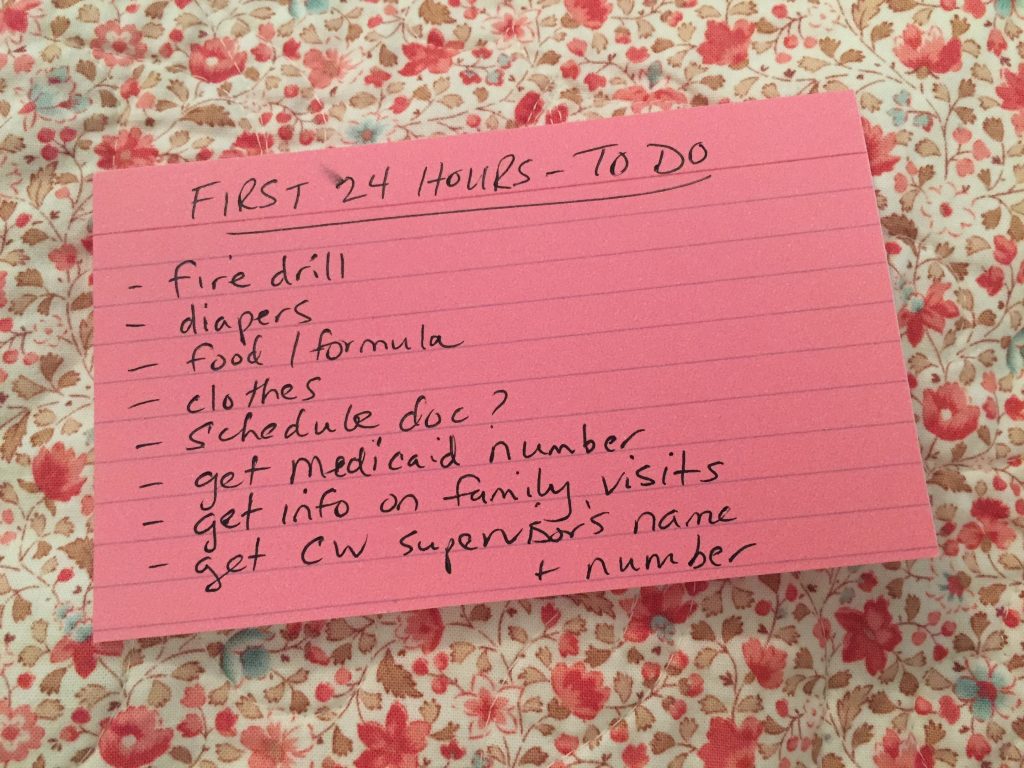
So here I sit, waiting for the phone to ring. Filled with a mixture of emotions and questions and worries. But filled with excitement and hope we can help the next child who enters our home by adding a happy, healing and healthy chapter in his or her life’s journey.

